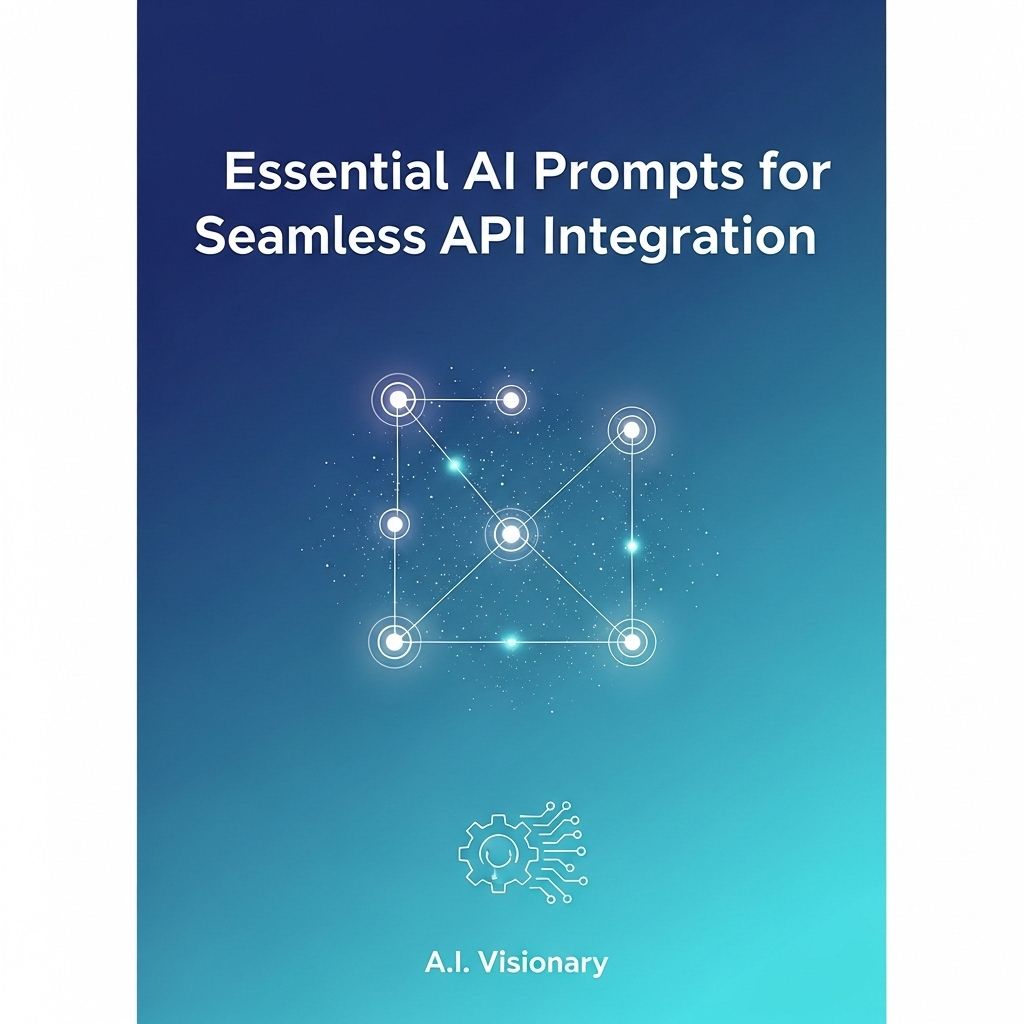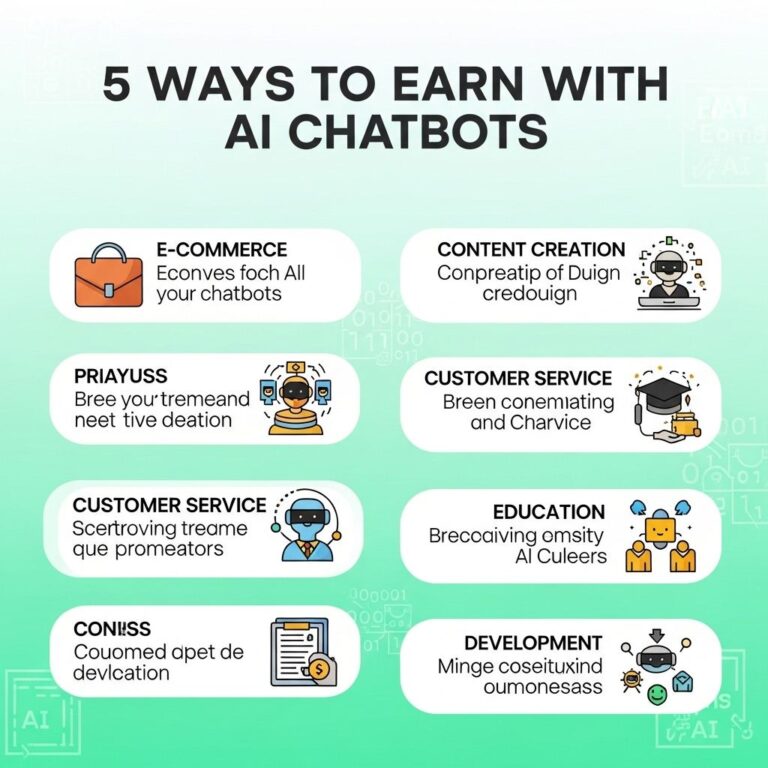In the rapidly evolving landscape of technology, the integration of APIs (Application Programming Interfaces) with AI (Artificial Intelligence) has become a pivotal factor for businesses aiming to enhance their operational efficiency and deliver exceptional user experiences. The seamless interaction between these two domains not only simplifies workflows but also empowers developers to create intelligent applications that can analyze data, automate tasks, and provide insightful recommendations. In this article, we will explore a comprehensive set of prompts that can serve as essential guides for effective API integration with AI.
Table of Contents
Understanding APIs and Their Role in AI
Before delving into the prompts, it’s important to grasp the foundational concepts of APIs and how they facilitate AI implementations. An API acts as an intermediary that allows different software applications to communicate with each other. It defines the methods and data formats that applications can use to request and exchange information.
In the context of AI, APIs enable developers to harness powerful machine learning models and data processing capabilities without the need to build these technologies from scratch. Here are some key roles that APIs play in AI:
- Data Access: APIs provide access to large datasets necessary for training machine learning models.
- Model Deployment: They enable the deployment of pre-trained models via cloud services, making them accessible to applications.
- Real-time Processing: APIs facilitate real-time data processing and predictions, which is essential for applications requiring immediate feedback.
- Integration: They allow for different systems and applications to work together, enhancing functionality and scope.
Essential Prompts for API Integration
The following prompts are tailored to guide developers in effectively integrating APIs with AI functionalities:
1. Define Clear Objectives
Before starting with the integration process, it is crucial to establish clear objectives for what you want to achieve. Ask yourself:
- What specific problem am I trying to solve with AI?
- What data do I need to collect and analyze?
- How will the integration improve user experience or business operations?
2. Choose the Right API
Selecting the appropriate API is fundamental to a successful integration. Consider the following criteria:
- Functionality: Does the API provide the features necessary for your AI application?
- Scalability: Can the API handle increased loads as your application grows?
- Documentation: Is the API well-documented, facilitating easier implementation?
- Community Support: Is there an active community or support system for troubleshooting?
3. Plan for Data Handling
Data is the lifeblood of AI. When integrating APIs, it’s essential to plan how you will handle data, including:
| Aspect | Consideration |
|---|---|
| Data Quality | Ensure the data is accurate and relevant for your AI model. |
| Data Privacy | Implement measures to protect user privacy and comply with regulations. |
| Data Volume | Determine how much data will be processed and at what frequency. |
4. Implement Robust Authentication
Security is crucial when working with APIs, especially those handling sensitive data. Consider different authentication methods:
- API Keys: A simple method for authenticating requests.
- OAuth: A more secure and scalable approach, allowing limited access without sharing credentials.
- JWT (JSON Web Tokens): A compact, URL-safe means of representing claims to be transferred between two parties.
5. Monitor and Optimize Performance
Once the integration is in place, continuous monitoring is vital. Here are key performance indicators (KPIs) to track:
- Response time of API calls
- Error rates and types
- Data throughput
- User adoption and engagement metrics
6. Iterate Based on Feedback
Feedback is invaluable in refining the integration process. Establish a mechanism to collect user feedback and use it to:
- Improve AI model accuracy and performance.
- Enhance the API’s usability.
- Adjust business processes informed by user needs.
Case Studies of Successful API and AI Integrations
Real-world applications of API and AI integration provide insight into best practices and innovative solutions. Here are a couple of notable case studies:
Case Study 1: Chatbots in Customer Service
Many companies have adopted AI-powered chatbots to handle customer queries effectively:
- API Usage: Integration with messaging platforms (e.g., WhatsApp, Facebook Messenger) via APIs to reach users where they are.
- AI Role: Natural Language Processing (NLP) models to understand and respond to customer inquiries.
- Outcome: Reduced response times and increased customer satisfaction.
Case Study 2: Predictive Analytics in E-Commerce
E-commerce platforms leverage APIs to provide personalized shopping experiences:
- API Usage: Connecting to payment gateways and inventory systems through APIs.
- AI Role: Machine learning models analyze user behavior to predict purchasing patterns.
- Outcome: Improved sales through targeted recommendations.
Conclusion
Integrating AI with APIs is no longer optional; it is a necessity for businesses seeking to thrive in a competitive landscape. By following the essential prompts outlined in this article, developers can ensure that their API integrations are effective, secure, and aligned with their organizational objectives. As technology continues to advance, remaining adaptable and open to new solutions will be key to leveraging the full potential of AI and API synergy.
FAQ
What are essential AI prompts for API integration?
Essential AI prompts for API integration include clear instructions for data retrieval, transformation, and submission, as well as context-specific queries that guide the AI in processing requests efficiently.
How can AI improve the API integration process?
AI can enhance the API integration process by automating data parsing, optimizing request handling, and providing intelligent error handling, which reduces manual coding efforts and enhances performance.
What are the benefits of using AI prompts in API development?
Using AI prompts in API development streamlines workflows, improves accuracy in data handling, and accelerates the development cycle by providing developers with contextual suggestions and automation.
Can AI help in troubleshooting API integration issues?
Yes, AI can assist in troubleshooting API integration issues by analyzing error logs, suggesting potential fixes, and even predicting problems based on historical data patterns.
What should I consider when creating AI prompts for API integration?
When creating AI prompts for API integration, consider the clarity of instructions, the specificity of context, the expected outcomes, and the flexibility to adapt to various API responses.
How do AI prompts improve user experience in API applications?
AI prompts improve user experience in API applications by providing intuitive interactions, reducing response times, and ensuring that users receive accurate and relevant information quickly.









